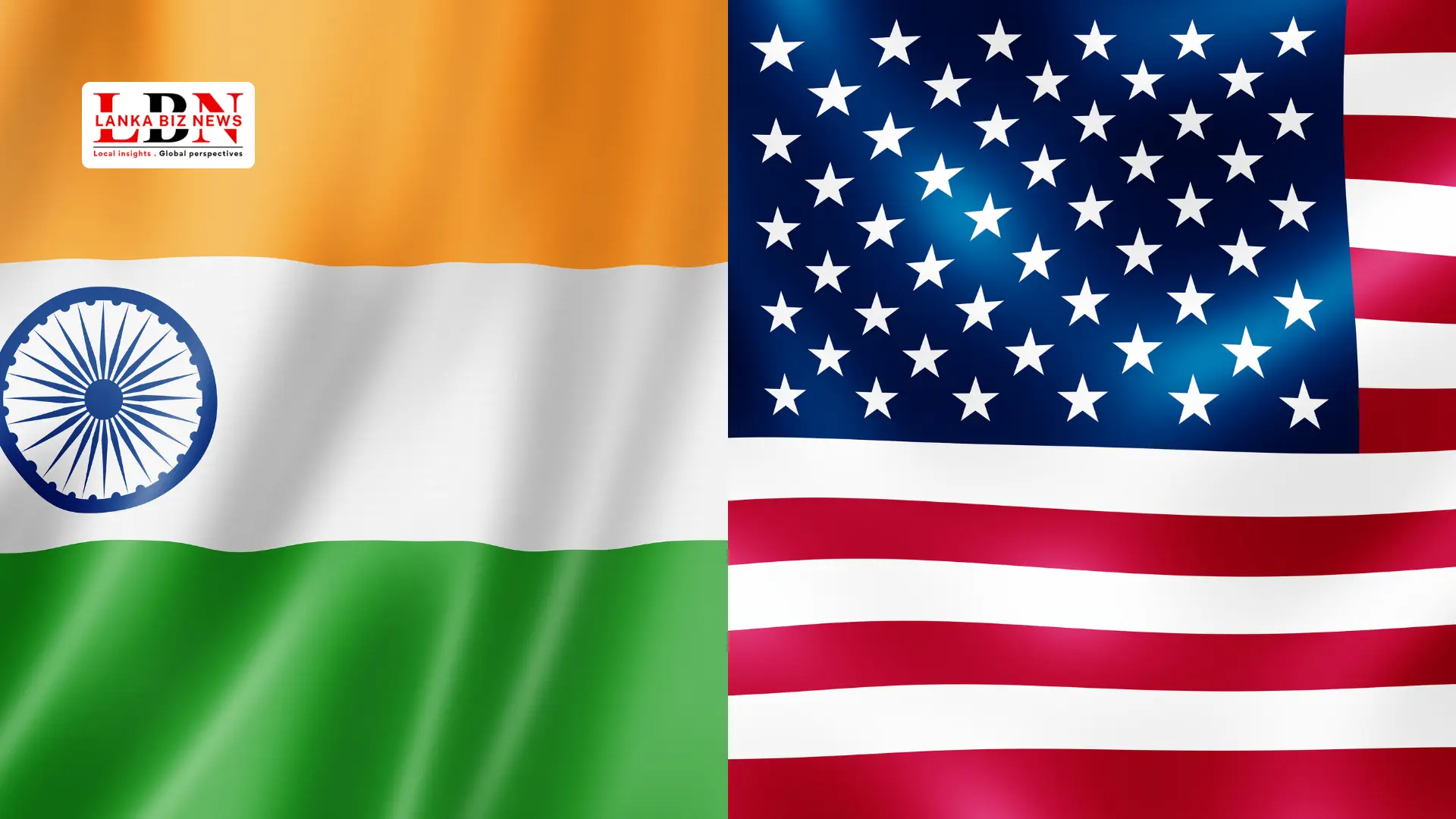India-US Trade Tensions | Trade relations between India and the United States, two major players in the global economy, have always been significant. When friction arises between them, the ripple effects are often felt across South Asia. For Sri Lanka, a small but strategically located economy in the Indian Ocean, the India-US trade issue is more than a distant diplomatic matter, it’s a development that could impact local exports, import costs, investment patterns, and regional partnerships.
Let’s break down what’s going on and why Sri Lanka should pay close attention.
What’s Causing the India-US Trade Tensions?
The friction between India and the US isn’t new. It typically revolves around tariffs, technology access, data localisation policies, agriculture subsidies, and market access. Recently, tensions have reignited due to India’s restrictions on American tech companies, the US’s criticisms of India’s tariffs on electronics and agriculture, and concerns about intellectual property rights.
The withdrawal of India from the U.S. Generalized System of Preferences (GSP) in 2019, which allowed duty-free exports of certain Indian goods, also strained relations. While attempts have been made to repair ties, negotiations continue to stall over regulatory and policy disagreements.
Why Should Sri Lanka Care?
At first glance, it might seem like a bilateral issue between two big economies. But Sri Lanka, sitting geographically between East and West shipping routes, depends on both India and the US for trade, investment, and economic momentum.
Here’s how tensions between them might affect us:
1. Opportunity in the Chaos – Export Diversion
If India’s exports to the US face new tariffs or barriers, American buyers might look to other countries for alternative suppliers. This creates a valuable window for Sri Lankan exporters, especially in sectors like apparel, rubber-based products, ceramics, seafood, IT services, and spices.
For instance, if Indian garments or rubber goods become costlier due to tariffs, Sri Lankan manufacturers might gain competitive edge, assuming they can maintain quality and scale.
However, capitalising on this requires speed, compliance with US standards, and strategic marketing.
2. Transshipment Trade at Colombo Port
Sri Lanka’s Colombo Port handles a significant volume of Indian transshipment cargo, cargo that’s routed through Sri Lanka before heading to the US or other global destinations.
If India-US trade slows or re-routes, Sri Lanka might see a dip in transshipment volume, directly affecting port revenue and related logistics industries.
On the flip side, if Indian exporters want to reduce visibility or cost by shipping through third-party hubs, Colombo could see a spike in indirect trade activity.
3. Indian Investment Might Look Elsewhere
US trade pressure on India can also spook foreign investors in India, especially those in manufacturing, IT, pharmaceuticals, and finance. If American companies find India’s policy environment too risky or restrictive, they might explore alternatives in South Asia.
Here’s where Sri Lanka can make a smart move:
With the right FDI incentives, ease-of-doing-business reforms, and infrastructure investments, Sri Lanka could position itself as a supplementary or alternate base for export-oriented companies looking to remain in South Asia.
4. Regional Tensions Could Affect SAARC Trade Climate
Broader India-US tensions could also impact regional diplomacy and trade frameworks like SAARC. If India focuses more on bilateral strategic competition or pulls inward economically, Sri Lanka could be caught in a regional slowdown, especially in bilateral projects, energy partnerships, or infrastructure agreements.
Moreover, US-India disputes may strengthen India’s trade ties with countries like Russia or China, shifting the balance of power in Asia and affecting Sri Lanka’s neutral diplomatic position.
5. Digital and Data Policy Pressures Could Spill Over
India has been firm on data localisation and restricting foreign tech platforms, something the US fiercely opposes. If Sri Lanka leans towards Indian digital policies, it might lose favour with Western digital investors. Conversely, leaning towards Western norms might create friction with India, our largest regional partner.
Navigating this digital diplomacy will be key in sectors like e-commerce, fintech, and cloud computing, all of which are growing in Sri Lanka.
What Can Sri Lanka Do?
To cushion itself from negative spillover and seize new opportunities, Sri Lanka must act wisely:
- Strengthen trade ties with both India and the US separately, diversifying its export portfolio.
- Promote itself as a neutral, agile, and investor-friendly hub in South Asia.
- Engage in regional dialogue to ensure SAARC projects continue despite tensions.
- Monitor global trade routes and realign logistics services based on transshipment trends.
- Offer incentives to attract companies looking to reduce exposure to Indian-US friction zones.
- Upgrade local manufacturing and services to meet global compliance standards, especially US import regulations.
Final Thoughts
While the India-US trade tensions present risks, they also offer rare opportunities for Sri Lanka to reposition itself. With a strategic location, an educated workforce, and a growing focus on digital and service exports, Sri Lanka can benefit, but only if it is proactive, not reactive.
For policymakers and business leaders alike, the message is clear: keep your eyes on the waves but learn how to surf them.
Click for more updates – https://lankabiznews.com/





